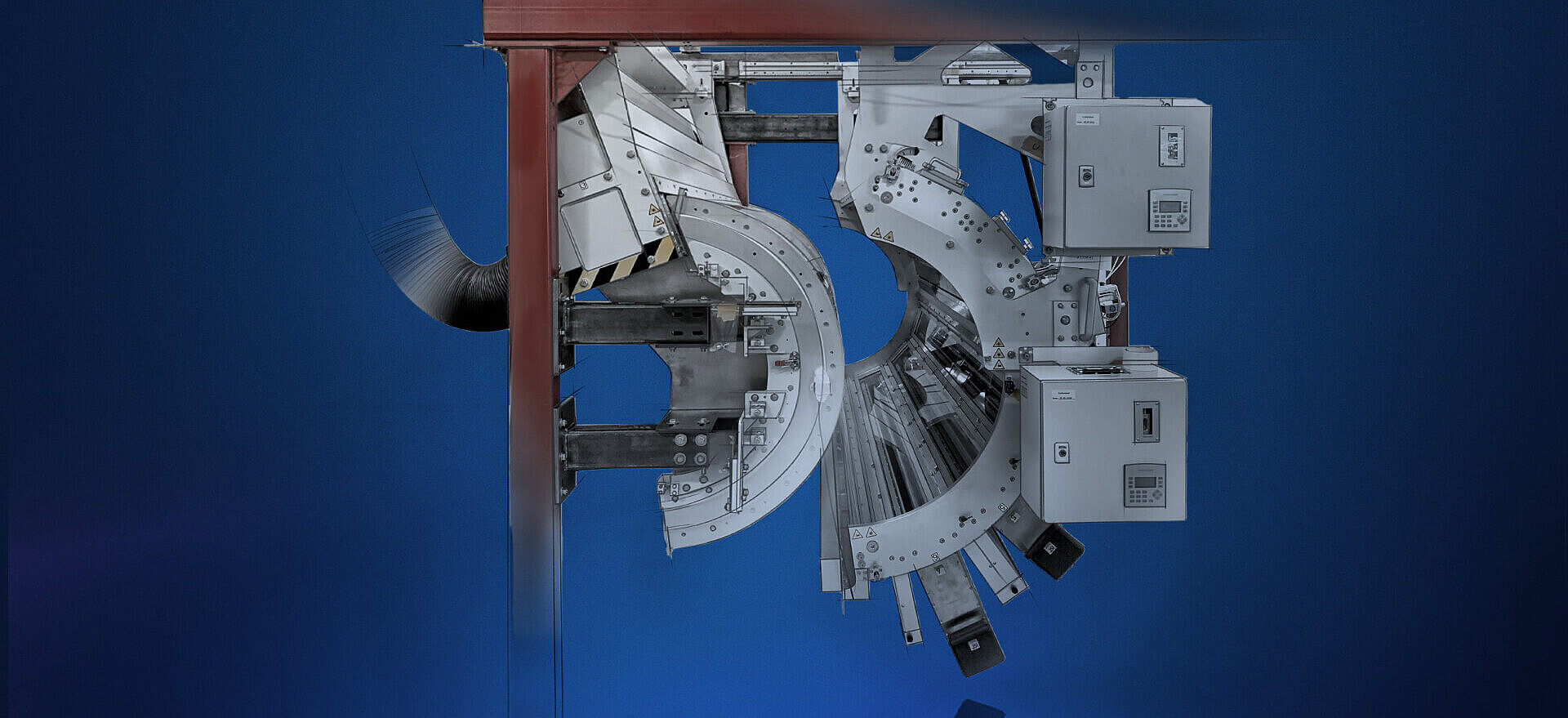
UV curing for web printing
Highest printing quality for web applications
UV curing (UV drying) uses ultraviolet light to cure printing inks and coatings on large-area substrates such as flexible packaging, labels and textiles in a matter of seconds. Compared to conventional drying processes, UV light significantly reduces the drying time and thus enables a considerable increase in production speed. Even at high printing speeds, the print results always remain brilliant and of high quality.
The immediate curing of the ink or varnish using UV light enables immediate further processing, which ensures maximum efficiency in the production process. UV systems not only ensure excellent colour quality and durability, but also minimise drying time.
LED UV curing in particular has established itself as an environmentally friendly and powerful alternative to conventional mercury vapour lamps. LED UV systems offer higher energy efficiency, generate less heat and have a longer service life, which reduces maintenance costs. In addition, LED UV systems contain no mercury and produce no ozone emissions, which is good for the environment. As a result, roller printing with LED UV curing is increasingly being chosen for its efficiency and sustainability.
With UV and LED UV systems that have been specially developed for roll applications, you can increase the efficiency and quality of your production process - and rely on technology that meets the highest standards of sustainability and performance.
The UV curing process is a cornerstone in various industries, notably in printing, coatings, and surface treatments. However, traditional photoinitiators are reaching their limits, especially in the food packaging sector, as their odour and migration potential limits their use.
This is where the innovative FREEcure technology sets new standards. It has already been successfully implemented in the industry, for example in the printing sector, where initiator-free or reduced offset and flexo inks have been polymerised at impressive speeds of up to 200 metres per minute.
By using the highest intensities at 212 nm, acrylate double bonds are activated directly, resulting in extremely efficient curing. As no photoinitiators are required, the system significantly reduces odour and migration risks, making it ideal for sensitive applications.
In addition, FREEcure technology fulfils the strictest environmental regulations while setting new standards in terms of energy and cost efficiency. Discover the benefits of FREEcure technology - for safer, more environmentally friendly and cost-efficient production processes.

Commercial printing refers to the process of printing promotional materials such as brochures, flyers and catalogues for business purposes. UV curing is ideal for commercial printing as it enables fast curing of the ink, resulting in improved print quality and reduced production times. UV curing technology is particularly well suited to multi-colour wet-on-wet printing as it enables precise and fast curing without smudging or smearing. UV curing also offers flexibility in the choice of curing source, be it a classic UV lamp, a LED UV or a hybrid solution, each offering their own advantages in terms of efficiency and energy consumption.
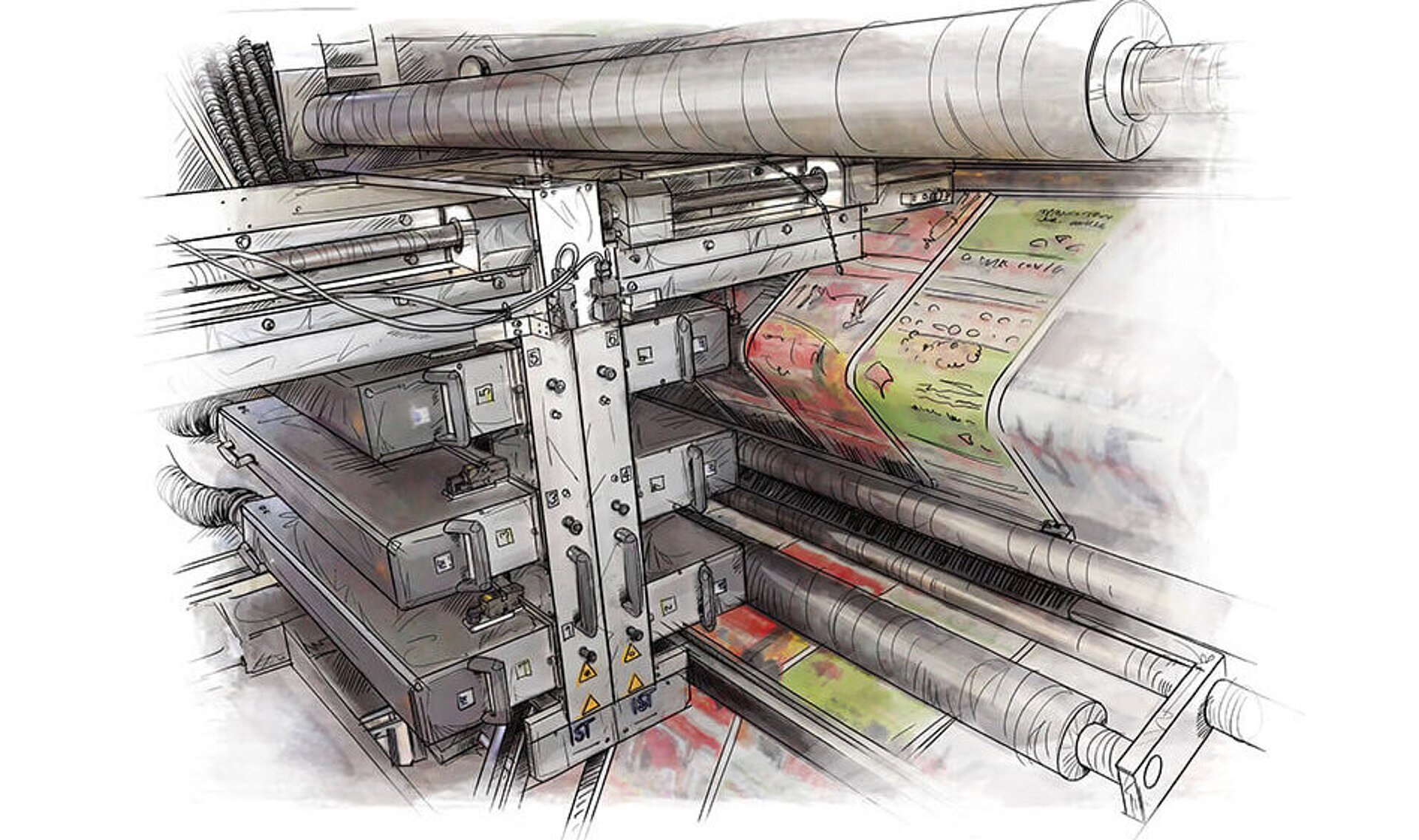
Newspaper printing is a specialised printing process used for the mass production of newspapers, with a focus on fast printing speeds and cost-efficient production. In combination with UV printing, coated papers can be used in coldset presses, allowing newspaper printers to produce commercial products.
Article “New opportunities for coldset” in Deutscher Drucker
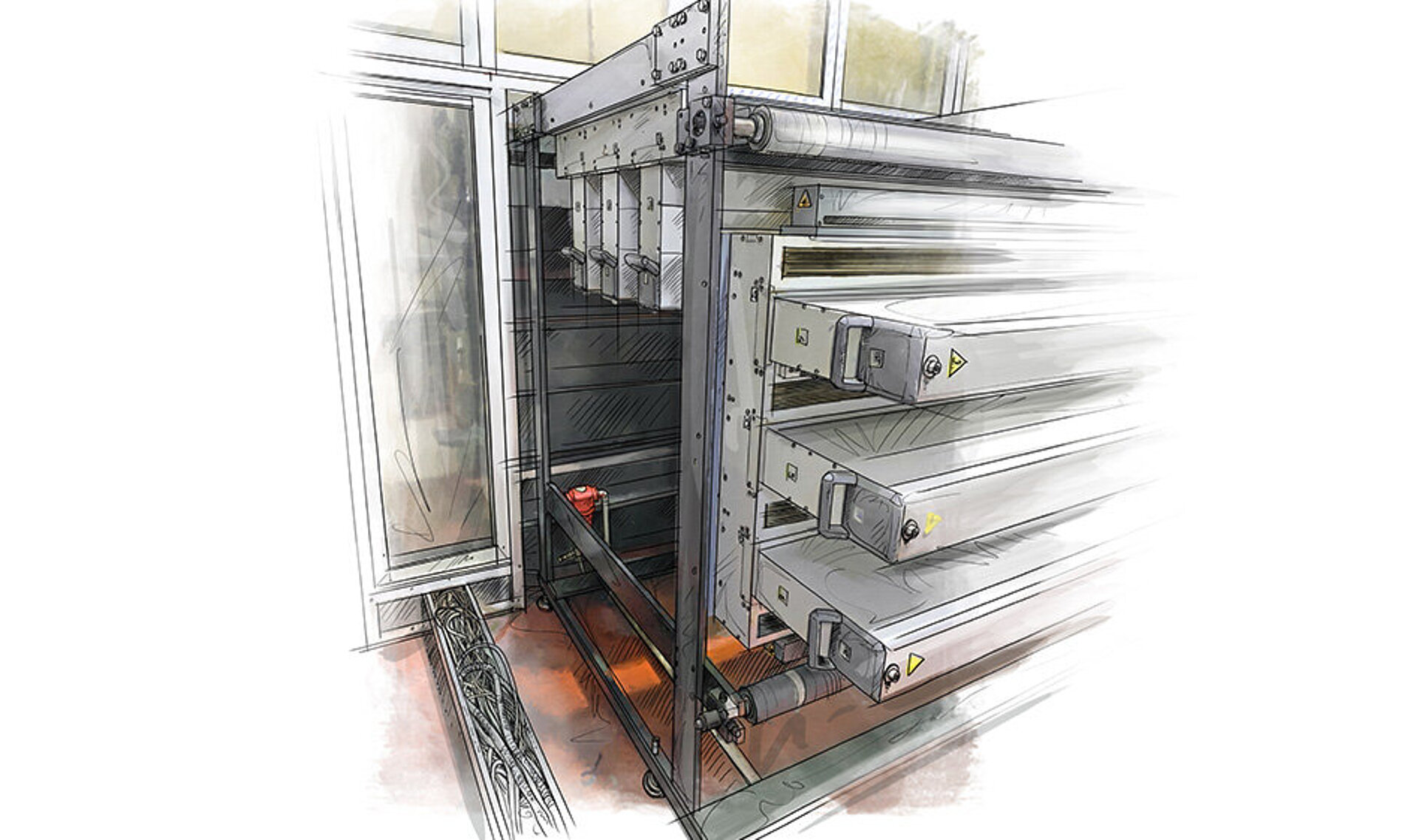
Heatset printing is a process in which the ink is dried using heat to enable faster drying times and better adhesion to smooth surfaces such as glossy paper. In the heatset printing industry, UV curing is particularly useful as a substitute for conventional gas curing, as it reduces emissions and improves print quality.
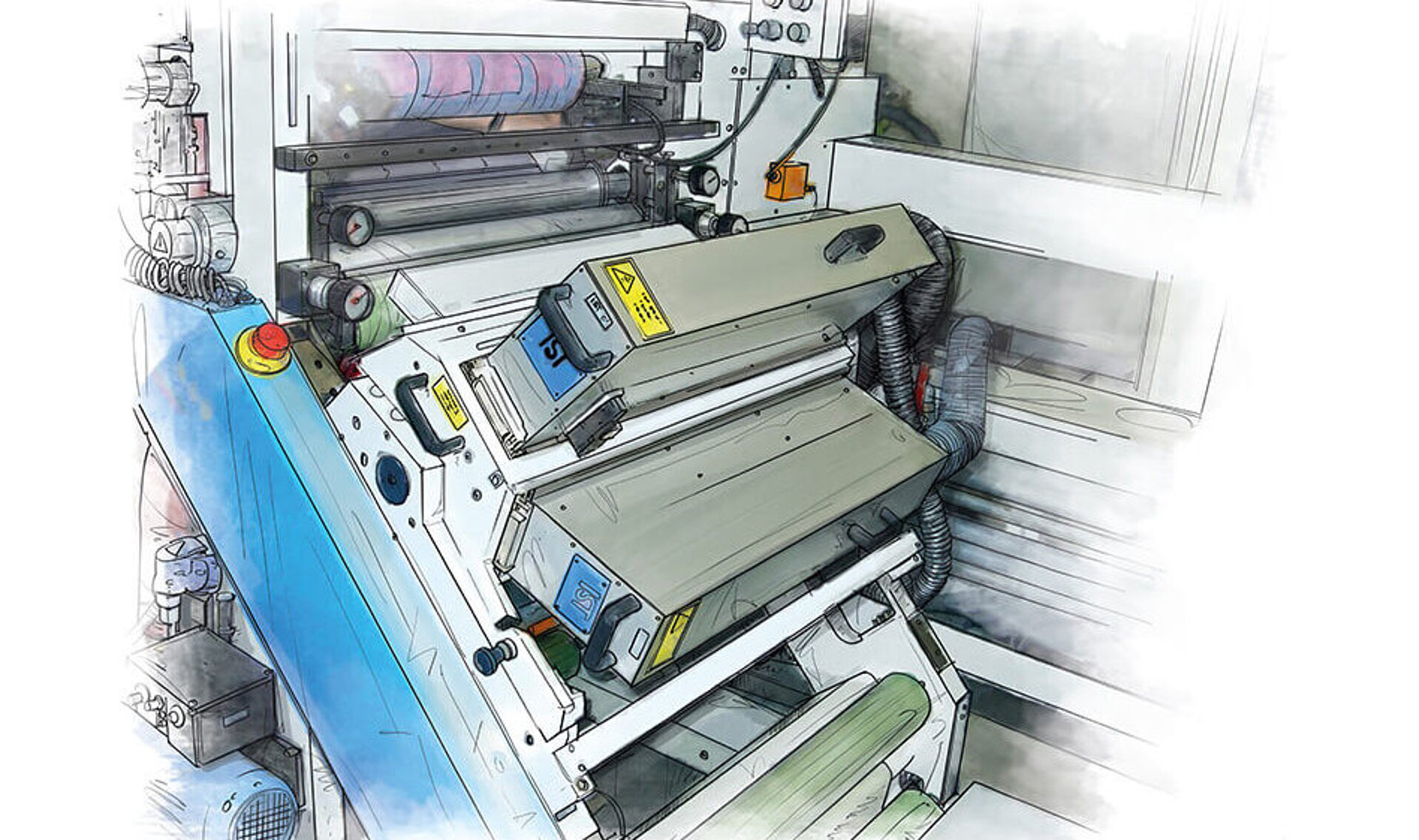
Liquid packaging refers to packaging specifically designed for the storage and transport of liquids such as beverages, sauces or detergents. UV curing is an ideal technology for liquid packaging as it enables immediate curing of the ink and thus reduces production time, which is crucial for fast roll-to-roll processing of large quantities of packaging.
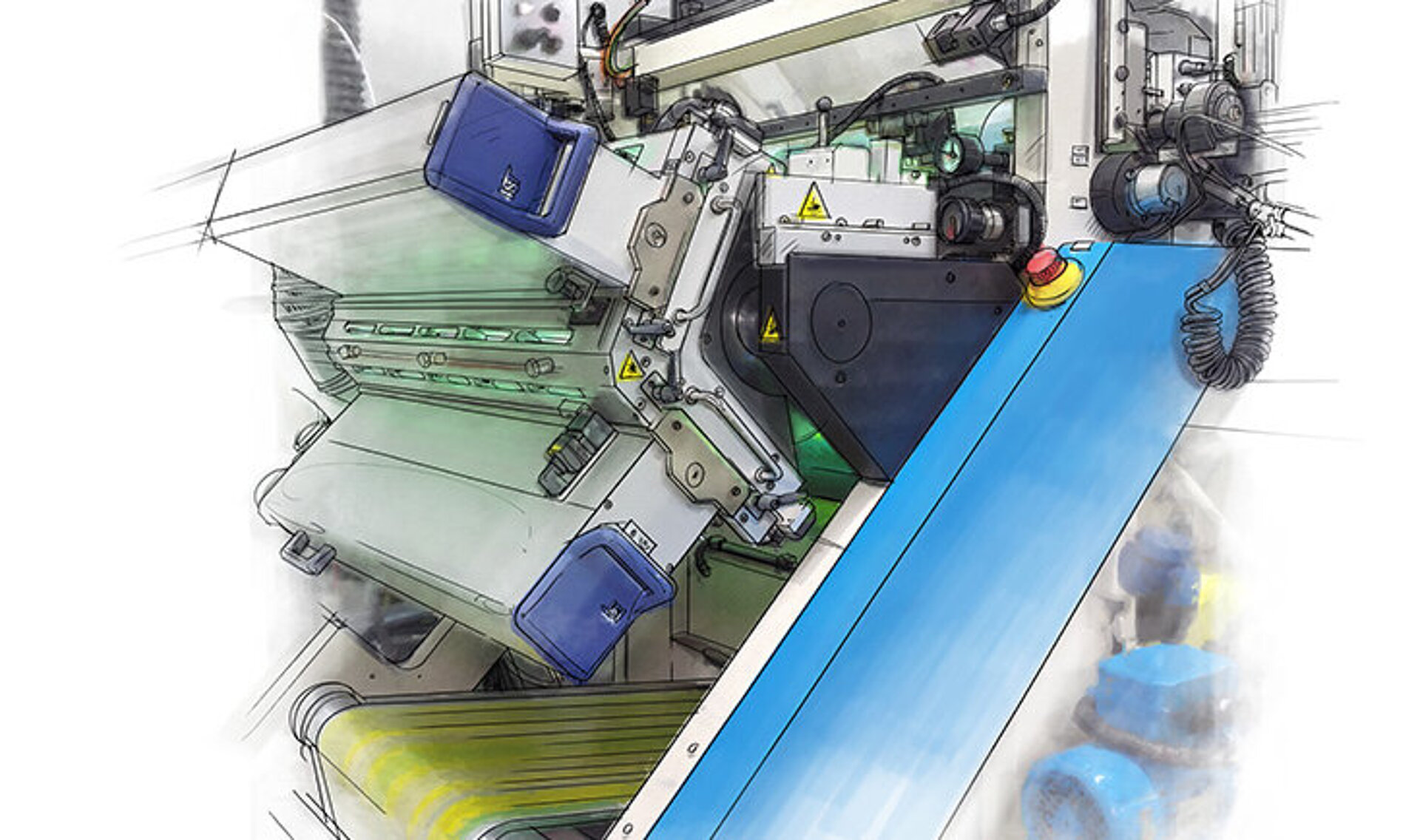
Flexible packaging is packaging material made of easily deformable materials such as plastic films, aluminium foils or paper and is often used for food, beverages and other consumer goods. UV curing is ideal for flexible packaging as it enables instant drying of the ink on various materials such as plastic films, resulting in increased productivity and improved quality.
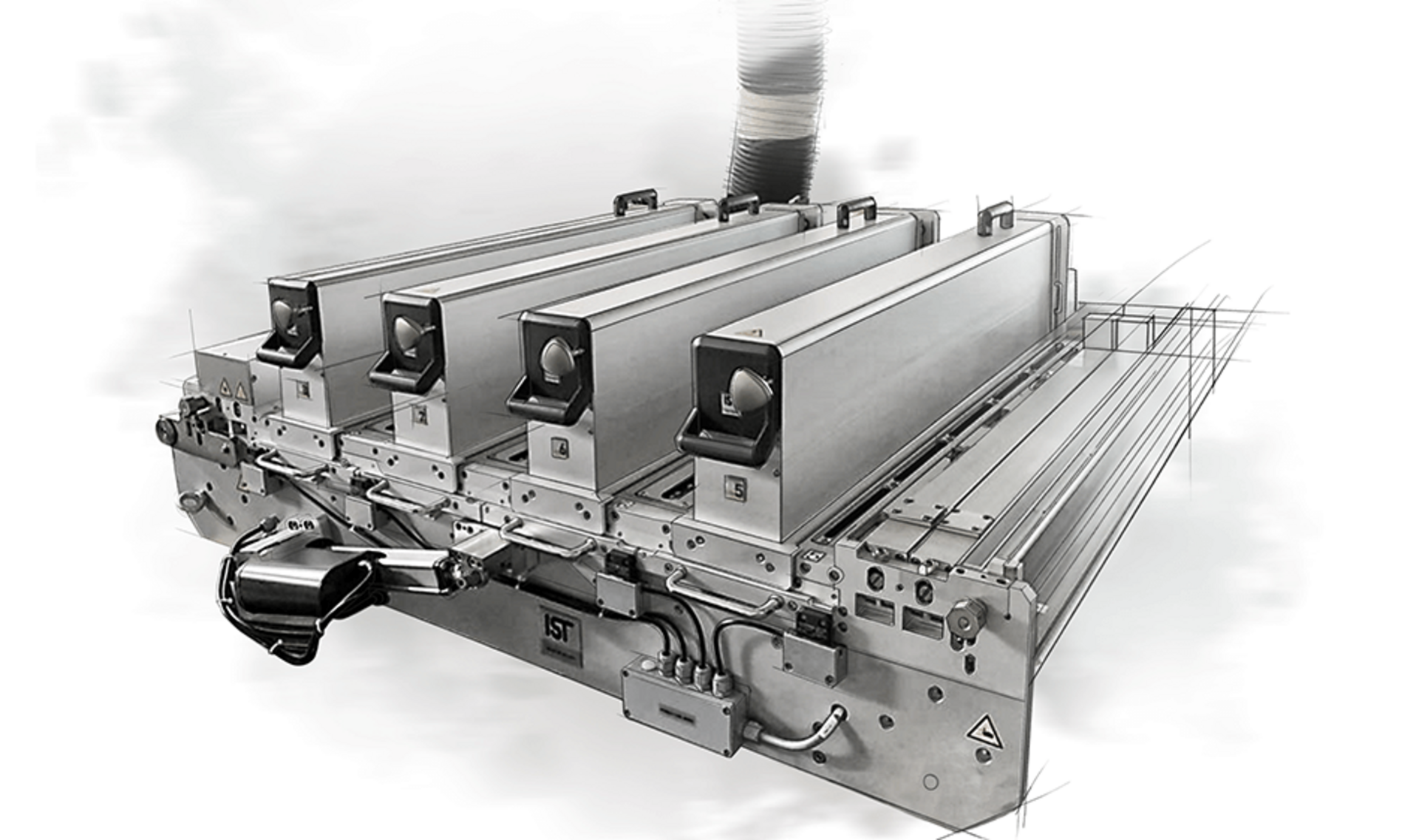
Gravure printing is a printing process in which the ink is transferred from the recessed areas of a printing plate to the paper, resulting in high print quality and colour intensity. UV printing or UV varnishing is an ideal addition for creating tactile and visual effects.
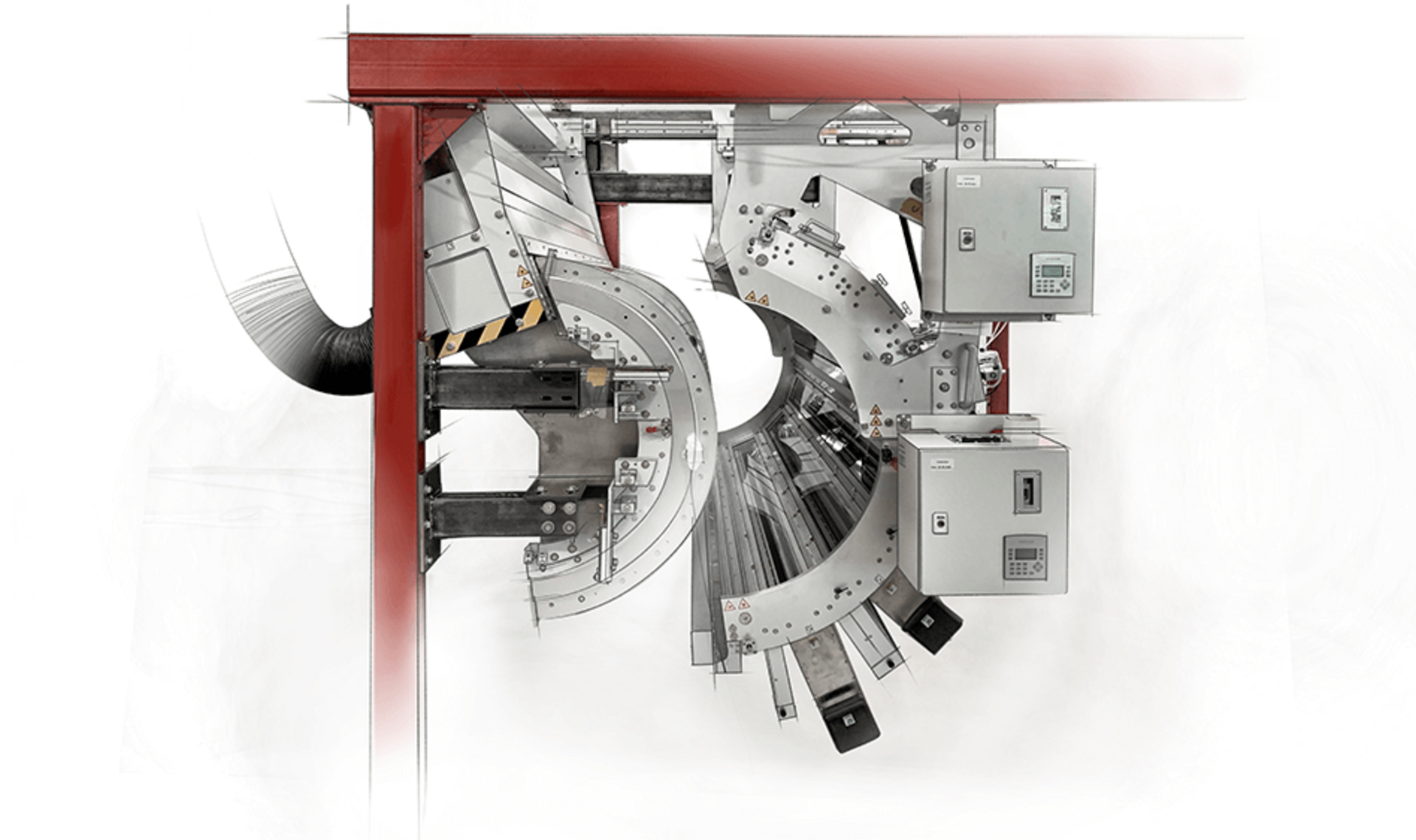
Decorative printing refers to the process of printing decorative surfaces on film or paper to achieve aesthetic effects. Due to the achievable colour gamut and the chemical and physical resistance of UV formulations, UV printing is an ideal process for this.
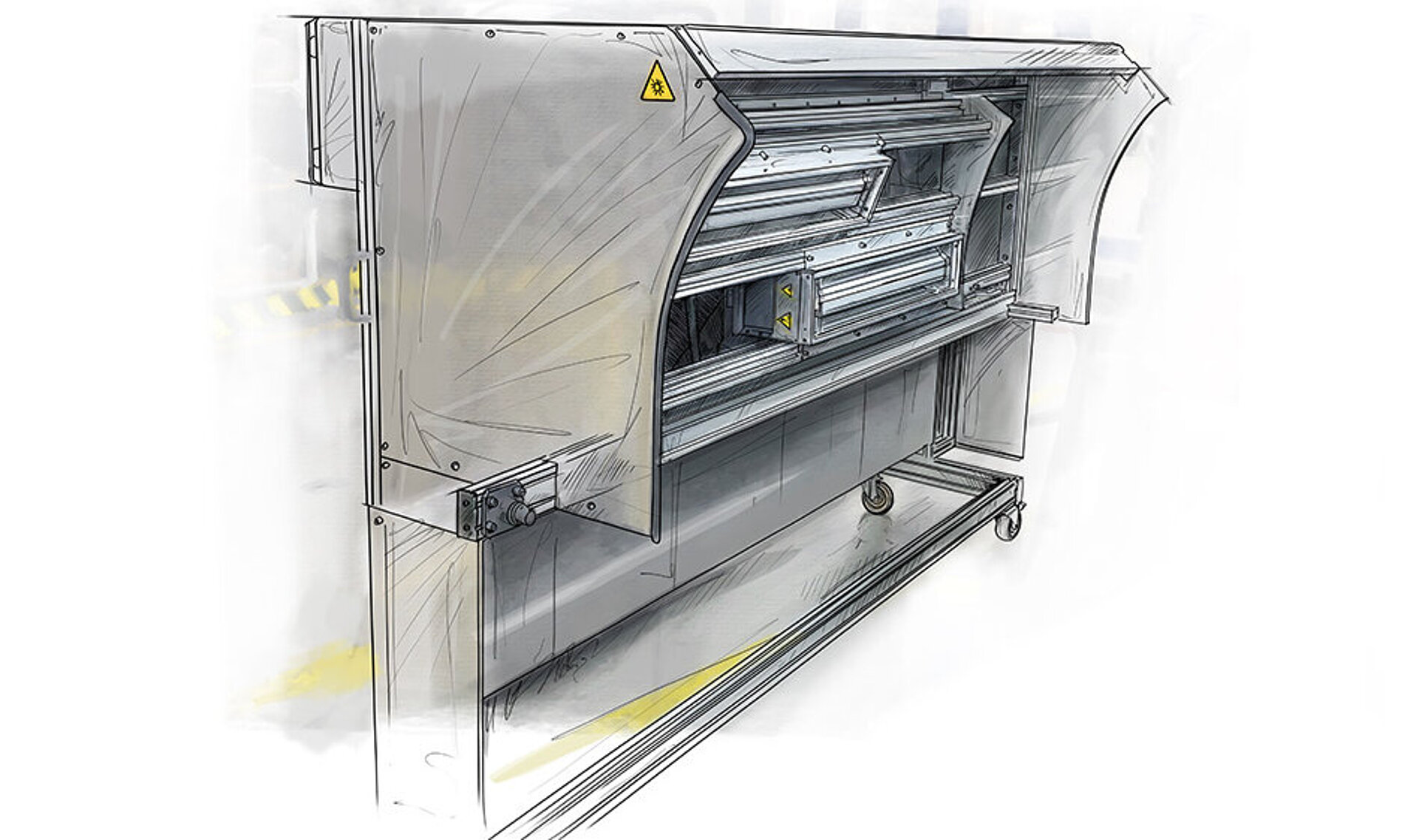
"Specials" is a term used in the printing industry to refer to special or customised print jobs that fall outside of standard products and processes.

Security printing is based on the key factors of a complex process, special material mix of paper, colours and foils as well as design. This requires a wide range of different UV printing and finishing technologies. The security features and a large part of the expertise required to print the banknotes are subject to confidentiality.
My many years of expertise as a design engineer and deep understanding of complex UV applications leads to my passion for maximising the efficiency of each application through the right combination of suitable technologies and engineering.